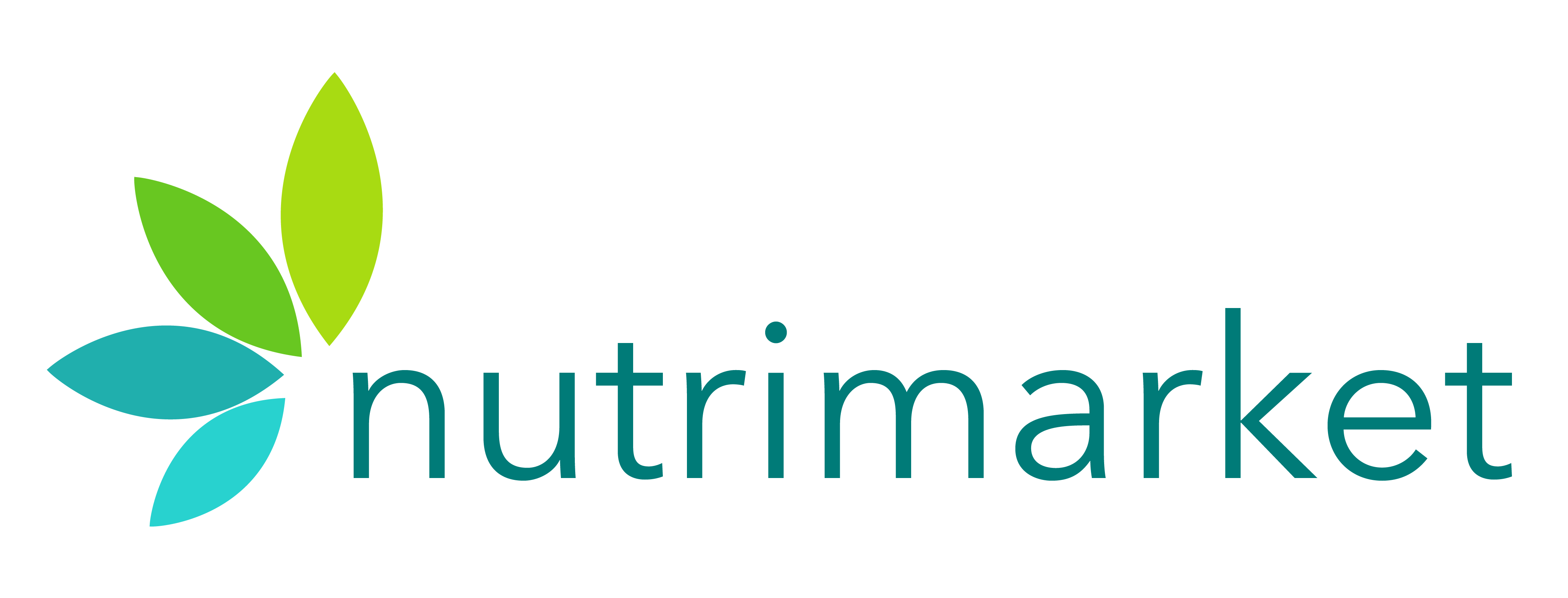How do you like your honey? Some use it as an alternative to sugar while others add a swirl to breakfast pancakes. But honey can be more than that! Good quality honey encompasses a unique variety of healing powers. However, there is one kind of honey that harbours more potent healing properties than others - Manuka honey.
Manuka honey derives from the Manuka bush in New Zealand and has been used by the Maori people for hundreds of years. The property that sets Manuka honey apart from other honey is Methylglyoxal ('MGO'), which comes directly from the flowers in the bush. MGO grants Manuka with the ability to heal wounds due to its high level of antimicrobial properties - the property that elevates Manuka honey over other kinds of honey. However, before you purchase your own Manuka honey, you may want to be wary of false advertising and labels. It is common for manufacturers to claim that their honey is Manuka when it is not.

Manuka Natural shares that New Zealand manufactured 1,700 tonnes of Manuka honey in 2014, but more than 10,000 tonnes of honey with the name ‘Manuka’ attached to it were sold. The company stresses that “This honey may contain little or no Manuka nectar, may have been adulterated with other low-cost honey or even been supplemented with corn syrup!” However, they continue to state that not even all Manuka honey contains the same amount of MGO because only a select few areas in New Zealand have dihydroxyacetone (DHA) within the nectar, which the bees work to transform into MGO.
Interestingly enough, they claim that “Labels carrying terms like K Factor, NPA, TA, PA, Active, Organic, Bio-Active, AAH, etc. accompanied by numbers like 15+, 20+, 25+, even 70+” do not correctly depict the number of antimicrobial properties in the Manuka honey. The label you want to look out for is, “UMF©”. This certification accurately shows how much MGO is within the honey!
When you are scouring the shelves (or the web) for honey, ensure that you check to see if the honey was manufactured in New Zealand. It is common for other countries to claim that they produce this potent antimicrobial honey, but the Manuka bush can only be found in New Zealand. Manuka Natural states that companies who claim that their honey derives from the Manuka bush are subject to $100,000 fines, but they have no control over the honey when it is sold abroad - meaning that countries can create false labels without worrying about a fine, and therefore you, the buyer, could be purchasing something you do not want to buy!
Manuka honey experts warn that if you are shocked at how cheap you purchased Manuka honey for, that you are likely not buying the real deal. Cosmetic and medicinal companies are well aware of how great Manuka honey is when it comes to healing, so they are willing to pay a lot of money for it.
One brand of Manuka honey our in-house nutritionist, Rick Hay, loves to rave about is Watson & Son. This brand is shipped to the UK from New Zealand and contains high levels of MGO. Hay claims, “Each and every batch of Watson & Son Manuka Honey is tested for its Methylglyoxal content by a certified laboratory it is then given an MGS rating indicates the level of Methylglyoxal present. The MGS ratings range from 80 to over 800, essentially the higher the rating the stronger the healing properties of the Manuka Honey.”
Manuka honey can help to remedy a cold, flu, cold sores, mouth ulcers, and it can support the healing of wounds like burns or leg ulcers, and the list goes on! Its effective healing properties highlight how crucial it is to purchase the right honey.

